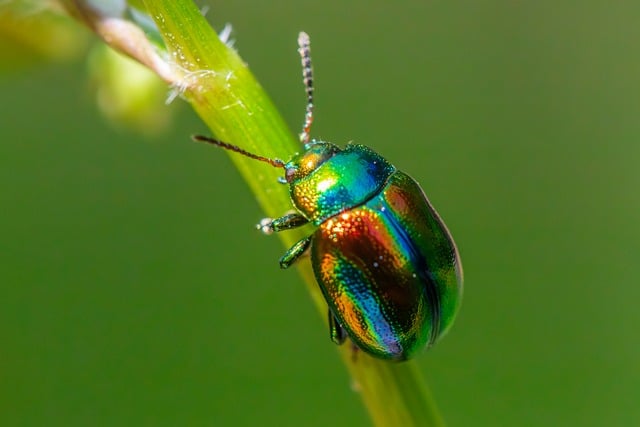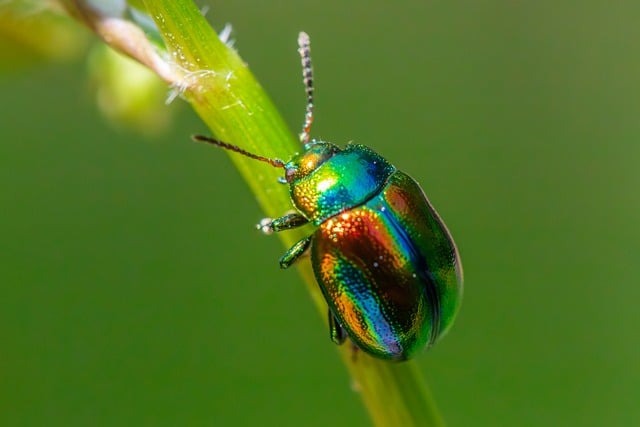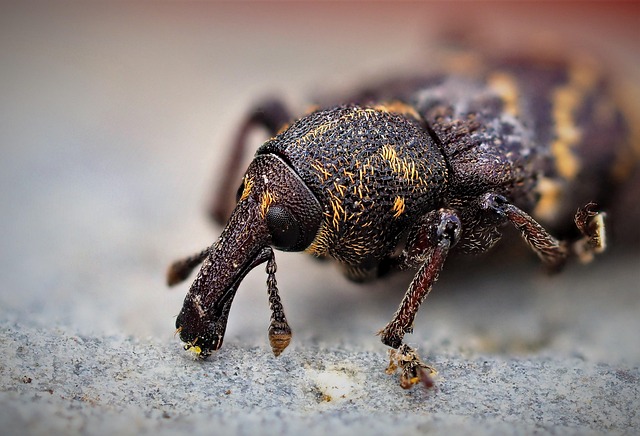Insect and disease management for fruit trees near Arvada requires a tailored, proactive approach due to local climate and soil influences on pest pressures. Integrate biological, chemical, and environmental controls (Integrated Pest Management – IPM) to minimize pesticide use while preventing damage from aphids, fruit flies, spider mites, fire blight, powdery mildew, and root rot. Regular inspections, proper cultural practices like pruning and sanitation, and an IPM strategy focusing on prevention, monitoring, and habitat modification ensure tree health, productivity, and compliance with Arvada's pest management regulations.
In the vibrant landscape of Arvada, proper insect and disease management is crucial for maintaining healthy fruit trees. This comprehensive guide explores effective pest control programs tailored for commercial properties in this area. We delve into understanding specific threats to fruit trees, highlighting key components of successful pest management strategies. Additionally, we offer best practices for tree care and prevention, ensuring your fruit trees thrive while minimizing the risk of infestations in Arvada’s unique environment.
- Understanding Insect and Disease Threats to Fruit Trees in Arvada
- Key Components of a Commercial Pest Control Program
- Best Practices for Maintaining Healthy Fruit Trees and Preventing Infestations
Understanding Insect and Disease Threats to Fruit Trees in Arvada

Fruit trees in Arvada face specific insect and disease threats that require tailored management strategies to maintain their health and productivity. Localized conditions, including climate and soil types, can foster unique pest populations. Common insect invaders include aphids, fruit flies, and spider mites, which can cause significant damage by sucking sap or laying eggs inside fruits, leading to deformities and reduced quality.
Diseases such as fire blight, powdery mildew, and root rot also pose risks. Fire blight, for instance, attacks flowers and young shoots during warm, wet weather, causing them to turn brown and wilt. Proactive insect and disease management involves regular monitoring, cultural practices like proper pruning and sanitation, and integrated pest management (IPM) strategies that combine biological, chemical, and environmental controls to minimize the use of pesticides while effectively protecting fruit trees near Arvada.
Key Components of a Commercial Pest Control Program

A comprehensive pest control program for commercial properties in and around Arvada must address several key components to ensure effective insect and disease management, especially for fruit trees. First and foremost, an integrated pest management (IPM) approach is vital. IPM involves a combination of strategies such as prevention, monitoring, habitat manipulation, biological control, and the use of chemicals only as a last resort. This holistic method not only minimizes environmental impact but also helps to keep costs down over time.
Additionally, regular inspections are crucial for identifying potential pest issues early on. Trained professionals should conduct thorough assessments of fruit trees and surrounding areas to detect signs of infestation or disease. These inspections should be scheduled at strategic times throughout the year, aligning with the life cycles of common pests. Early detection allows for timely treatment, preventing minor issues from escalating into major problems that could impact both tree health and local regulations related to pest management in Arvada.
Best Practices for Maintaining Healthy Fruit Trees and Preventing Infestations

Maintaining healthy fruit trees on commercial properties in Arvada requires a proactive approach to insect and disease management. Regular monitoring is key; inspect trees for any signs of pest activity or unusual growth patterns throughout the year. Early detection can prevent small issues from escalating into larger, more costly problems. Incorporate sustainable practices like biological control methods, where beneficial insects are used to combat pests naturally. This eco-friendly approach not only reduces chemical usage but also promotes a balanced ecosystem around your property.
Tree care should include proper pruning techniques to improve air circulation and sunlight penetration, making it harder for pests to thrive. Keep trees well-watered during dry periods, as stressed trees are more vulnerable to infestations. Regular cleaning of tree debris and maintaining a pest-free landscape will further protect fruit trees from common Arvada pests. These practices ensure the longevity and productivity of your fruit trees while minimizing the risk of costly insect and disease outbreaks.
Implementing a comprehensive pest control program tailored for commercial properties in Arvada can significantly mitigate insect and disease threats to fruit trees. By integrating best practices, such as regular inspections, targeted treatments, and preventive measures, property managers can ensure the health and longevity of these valuable assets. Effective management strategies not only protect the fruit trees but also contribute to a thriving local landscape, fostering a vibrant and sustainable environment for years to come. For those seeking expert guidance in insect and disease management for fruit trees near Arvada, professional pest control services offer customized solutions tailored to meet specific needs.
